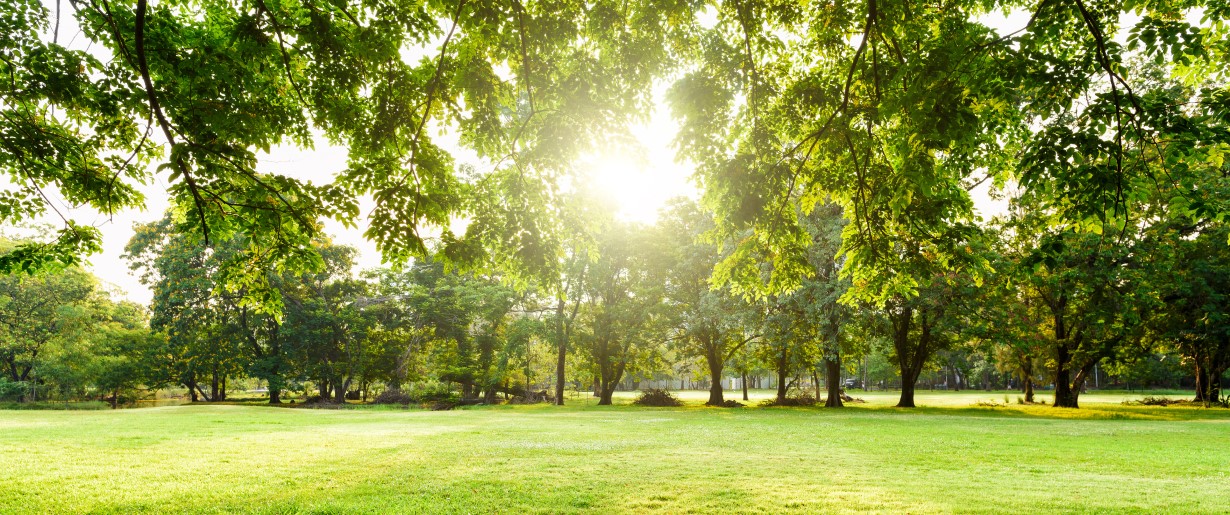Sainte-Thérèse d’Avila Church

The plaque commemorating the Sainte-Thérèse d’Avila Church was added to the Historical Plaque Program in 2022 in partnership with the Marionville Citizens Committee.
This plaque is located at 9605 Marionville Road, Marionville.
The Sainte-Thérèse d’Avila Church is of historical value due to its importance in establishing the village of Marionville. The highly visible location at a main intersection makes it a cornerstone of the surrounding streetscape and village.
In the 1800s, the Marion families had established themselves in the Embrun area.
As the village population grew, four of the Marion brothers, Isaiah, Urgel, Seraphin and Ludger, moved farther south-west for agricultural land. They remained active with the Saint-Jacques Church in Embrun, commuting 15 kilometres to get to church every Sunday.
Learn more about the historical importance of the Saint-Jacques Church.
Eventually, these four brothers sought to create a new community. In 1903, the Marion brothers made the request to J. Thomas Duhamel, Archbishop of the Ottawa diocese, to separate from Embrun and establish their own community nearby. The archbishop agreed to their request and authorized the construction of a wooden church, to be panelled in bricks.
Séraphin Marion offered 2 acres of his land to build the church and presbytery, and Louis Marion offered 3 acres of his land for the cemetery.
The plans for the building had been prepared by the architect Gauthier. Gilbert Emard won the construction bid at a cost of $620.00. Materials were supplied by the parish priest and the parishioners.
Construction began in June of 1904 and was finished by October. The building stood seventy-six feet long inside, forty-two feet wide outside, and twenty-two feet high above the wainscots.
It is thanks to the Marion brothers, in collaboration with other members of the community, that the Sainte-Thérèse d'Avila Church opened its doors in 1904.
The establishment of this church marked the first stage in the development of the village of Marionville, named after the Marion family. A few short years later, in 1908, a school was built across the street. The community quickly grew to seventy-three families and is still quickly growing today.
